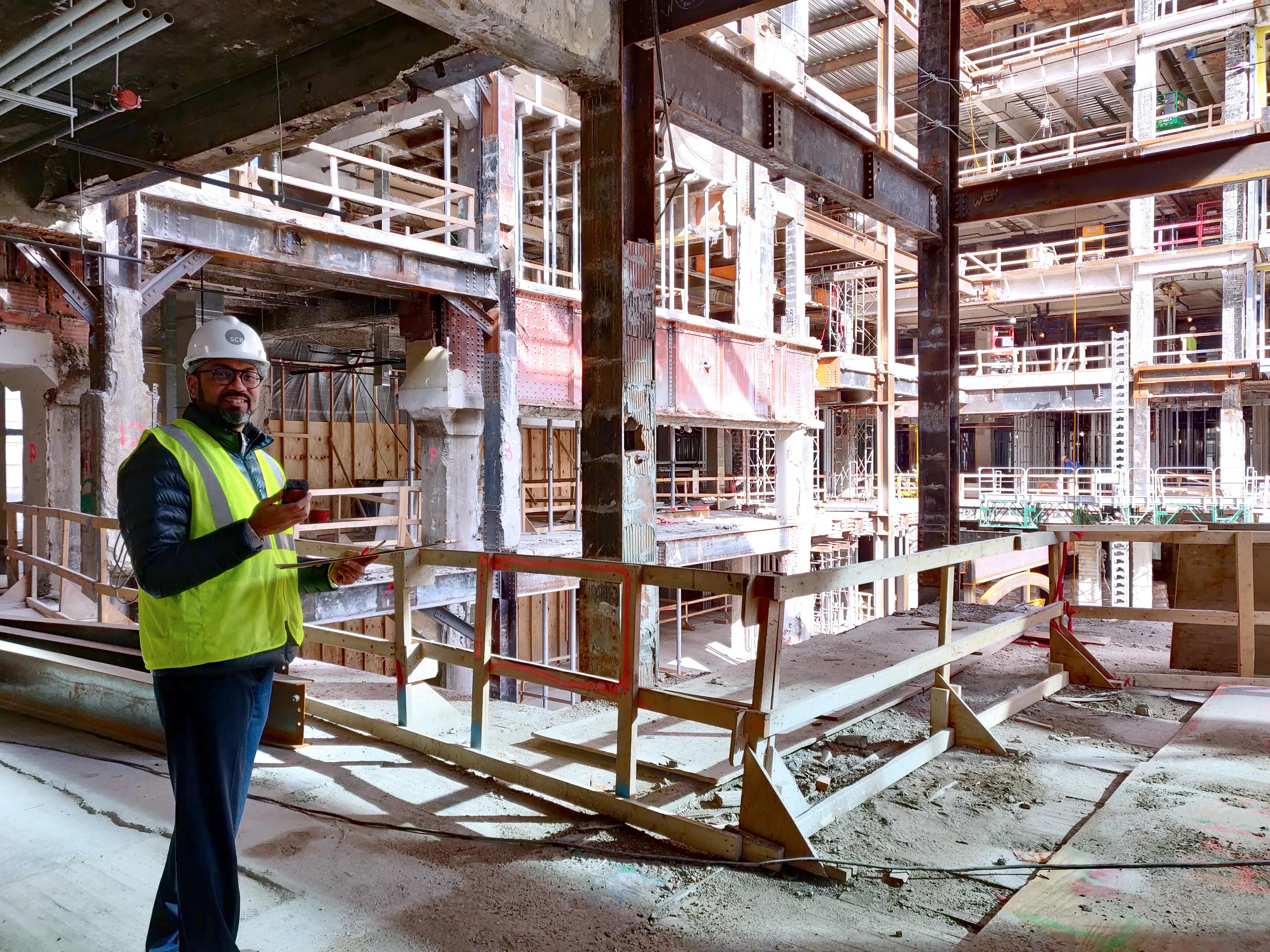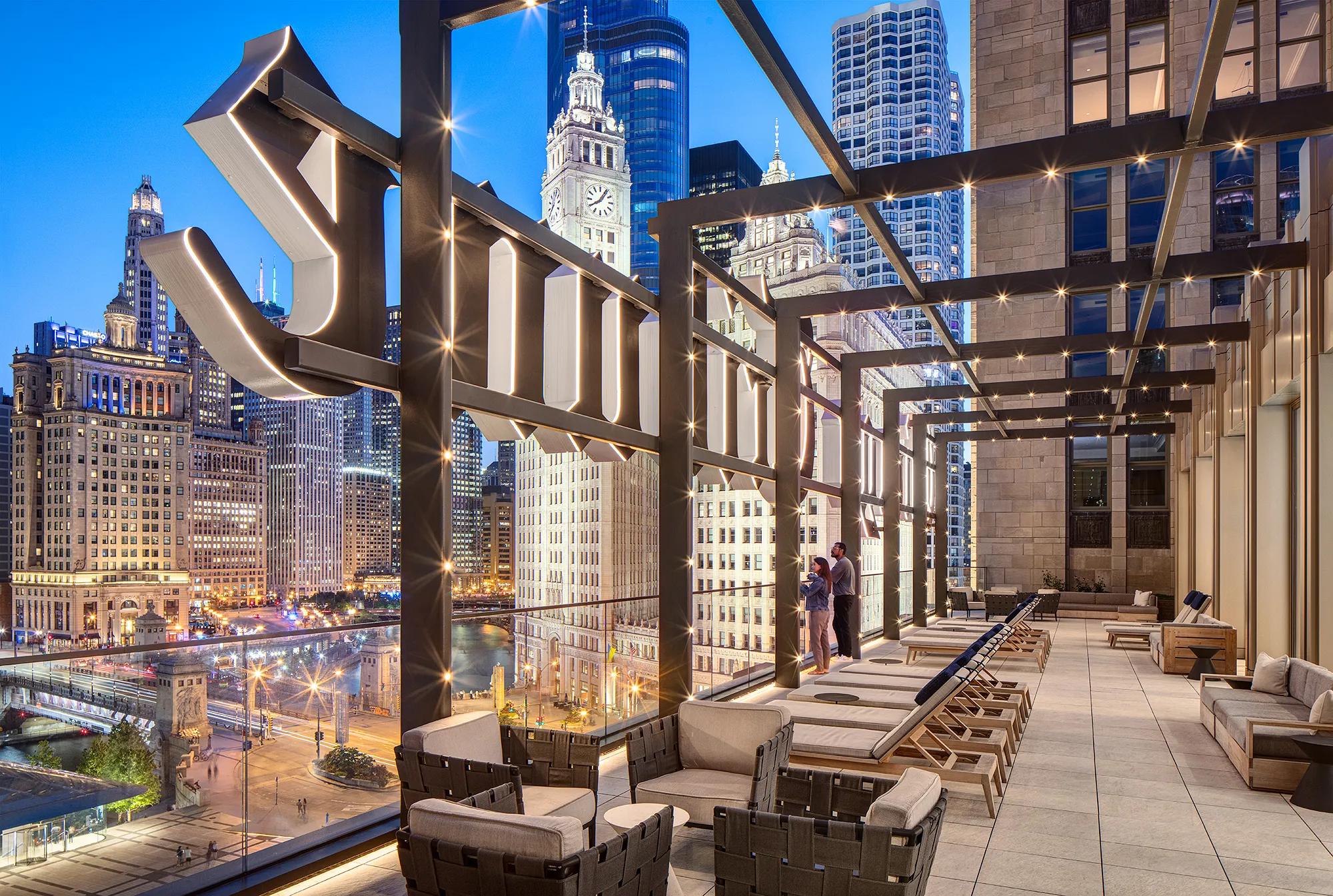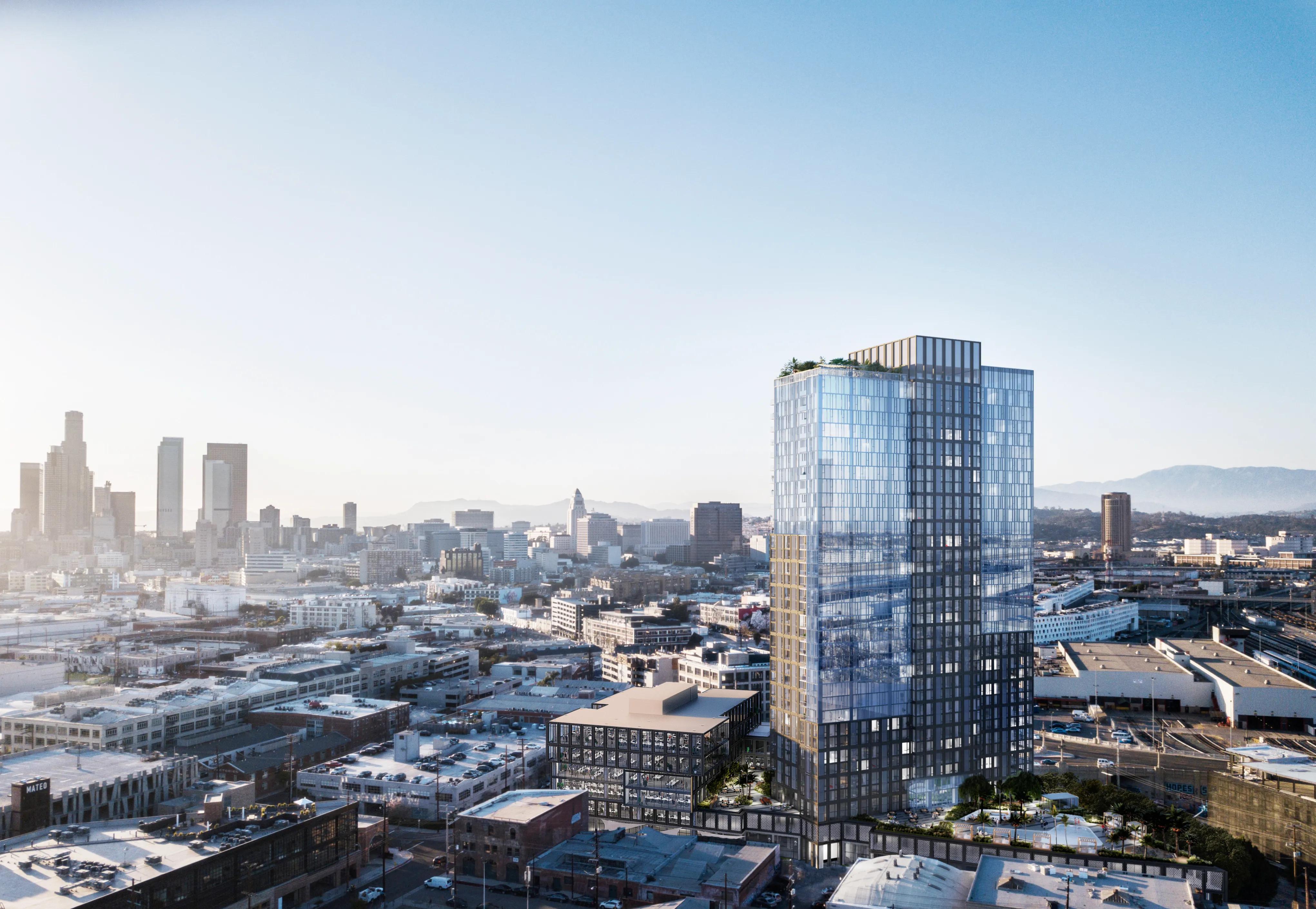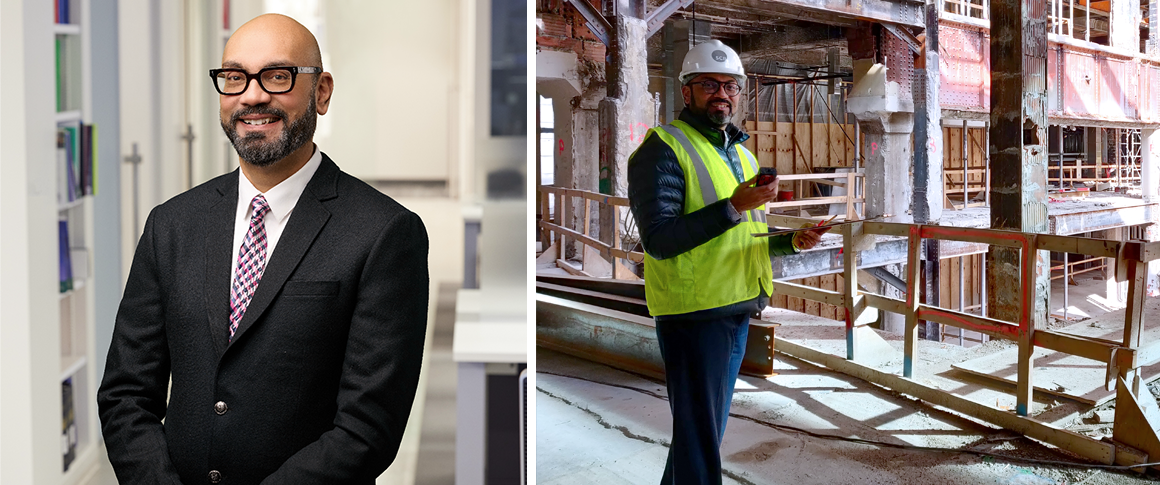We spoke with Chicago/San Francisco-based architect Mandhir Chopra, about blending the natural and built environment and staying motivated when faced with hurdles on the path to licensure.
What made you interested in pursuing a career in architecture?
From an early age, I was always fascinated by the way spaces shape our experiences, and I had a deep interest in art. I was naturally drawn to architecture because it felt like a form of art on a grand scale. I was good at sketching and loved creating things, which made architecture the perfect way to channel that creative energy. For me, architecture is not just about designing buildings—it’s about creating the built environment within the natural environment and finding harmony between the two. It allows me to merge my passion for art with problem-solving, design, and functionality. After 25 years in the field, I’m still driven by the opportunity to shape spaces that enhance people’s lives and elevate the aesthetic and functional experience of their surroundings.
Tell us a little about your path to licensure—what did the process look like for you? Did you face any unexpected challenges?
The path to earning my architecture license was both challenging and rewarding for me. After completing my M. Arch. from Illinois Institute of Technology in Chicago, I began the process of gaining the necessary experience through hands-on experience across various aspects of the industry, from project management to construction documentation, while working at VOA Associates (Now Stantec) in Chicago.
One of the biggest challenges I faced was balancing the intense workload of my early career with the preparation for the Architect Registration Examination® (ARE®). Studying for the exam while working full-time was a test of time management. I also found that the exam content didn’t always align perfectly with the types of projects I was working on, so I had to dive deeper into certain topics to ensure I was well-prepared.
An unexpected challenge came during the economic downturn in 2008, when the architectural field was hit hard. Job opportunities were scarce and projects slowed down, which made it difficult to keep building my experience. However, it also taught me resilience and the importance of adaptability in the profession. Ultimately, overcoming these challenges only reinforced my passion for architecture and strengthened my dedication to becoming licensed.
How did you stay motivated while working toward earning your license?
Staying motivated while working toward my license wasn’t always easy, but I found a few key things that kept me focused. First, I always reminded myself why I chose architecture in the first place—the passion I had for creating meaningful spaces and the belief that architecture is a form of art. That personal connection to the craft kept me going through the tougher moments.

I also found motivation in the challenges themselves. Each step, whether it was a difficult project at work or preparing for another exam division, felt like an opportunity to grow and prove to myself that I could overcome obstacles. Seeing incremental progress, like completing divisions of the ARE or successfully contributing to a project, gave me the boost I needed to keep pushing forward.
Support from colleagues and mentors was another key factor. Having people around me who had been through the process, or who were going through it at the same time, helped me stay accountable and motivated. Their advice and encouragement made a big difference when the pressure was on.
Lastly, I stayed motivated by keeping my end goal in sight. I knew that earning my license would open up new opportunities and allow me to have an impact on the projects I was passionate about. That long-term vision kept me focused on the bigger picture, even when the day-to-day grind got tough.
What advice do you have for emerging professionals?
My advice for emerging professionals is to embrace every opportunity to learn and grow, even if it’s outside of your comfort zone. Architecture is a broad field, and the more diverse your experiences are, the better equipped you’ll be to handle the complexities of the profession. Whether it’s working on different project types or learning new software, never stop being curious and open to new challenges. Find mentors and build relationships with experienced professionals. Their guidance and insight can help you navigate the highs and lows of your career. Don’t be afraid to ask questions or seek advice—learning from others is invaluable in this industry.
Another key piece of advice is to stay resilient. Architecture can be demanding and setbacks are inevitable, whether it’s a challenging project, a tough client, or exam stress. Remember that growth comes from overcoming these obstacles. Stay patient, keep your long-term goals in mind, and don’t let short-term challenges derail your focus.
Lastly, always maintain your passion for the craft. It’s easy to get caught up in deadlines and the daily grind, but remember why you chose architecture in the first place. Stay connected to that creative spark, and find ways to feed your passion, whether through AI, sketching, travel, or building things. Your passion is what will keep you inspired throughout your career.
Tell us about your current role—what does a typical day look like for you? Are there any projects you’re especially proud of?

In my current role as a senior project architect/project manager at SCB, I lead a diverse range of projects, including mixed-use, multi-family residential, and hospitality buildings. My day typically involves a mix of design collaboration, project management, and client meetings. I work closely with both my internal team and external consultants to ensure that every project is progressing smoothly, from concept through construction. On any given day, I might be reviewing construction drawings, discussing design changes with clients, or coordinating with engineers and contractors to solve technical challenges on-site.
One project I’m especially proud of is the conversion of the iconic Tribune Tower in Chicago into luxury condominiums. It was a unique challenge that combined historic preservation with modern design concepts, and being an important part of the transformation of such a significant building was incredibly rewarding.

Currently, I’m working on a new mixed-use project in Los Angeles’ Arts District, which will be the first 36-story high-rise luxury residential building and a six-story office building in that neighborhood. What’s exciting about this project is that it’s set to achieve LEED Silver certification, which means it’s designed with sustainability at its core. It’s projects like these that keep me motivated—balancing innovative design with environmental responsibility and contributing to the transformation of a neighborhood.
Want more insights on the path to becoming an architect? Check out the rest of NCARB's Architect Spotlight series.
